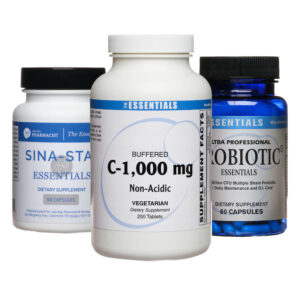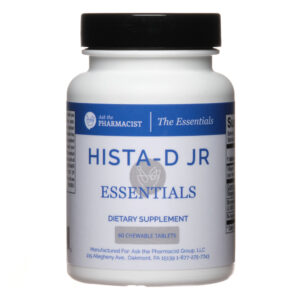
Then there’s the sneezing… The watery eyes…The itchy throat… The runny nose…
Ah, Spring!
Chances are you’ve already been outside a time or two (or three…) and have experienced, sometimes immediately, the dreaded symptoms of allergies.
It’s even worse if you live in Atlanta or Philadelphia where, according to The American Academy of Asthma Immunology (AAAI), the amount of tree pollen has reached very high levels. Even Las Vegas has an unusually high concentration of weed and tree pollen!
So what gives?
Winter.
Winter gives.
“Milder winters are continuing to affect spring allergies. Trees are able to pollinate earlier and for longer periods, extending the allergy season by several weeks,” Kenneth Mendez, president, and CEO of the Asthma and Allergy Foundation of America explains. This past winter has been pretty mild across the nation, with temperatures being warmer than normal resulting in everything blooming earlier.
Generally, pollen starts to make an appearance by way of trees first, then by grass in spring, then by weeds in the fall.
But, the month of May is especially annoying to people because the grass pollen begins to peak while tree pollen is still incredibly high.
So what do we do about it?
Unfortunately, there’s not much that can be done to prevent pollen from being pollen, but you can be proactive in figuring out what it is, specifically, that you’re allergic to. You can also reduce the severity of symptoms by:
- Consulting an allergist or ear, nose, and throat doc to help pinpoint specific allergens,especially if you’re finding it difficult on your own.
- Deep cleaning your home, including washing bedding in hot, soapy water resisting the urge to hang anything to dry outside.
- Using high-quality, high-efficiency air filters in your home. If you suffer from asthma, it may be a good idea to check out high-efficiency particulate absorbance (HEPA) filters.
- Changing your clothes immediately after returning inside from outdoors. This will greatly reduce the chance of pollen spreading to fabrics inside.
- Eating local, raw honey. Findings have shown that honey ingestion at a high dose improves the overall and individual symptoms of allergic rhinitis (AR), and it could serve as a complementary therapy for AR.
- Use our allergy support products!
However you choose to deal with the onslaught of allergens that Spring serves up, don’t stay cooped up indoors for too long. The sun is shining and the great outdoors are still great. Get out and enjoy the warmth, the stunning array of colors, and unparalleled aromatics that have been created for our enjoyment. The visions and fragrances and textures designed for us are specific to today’s showing only.
You may just want to keep some tissues close by because of the overwhelming emotion you may feel being out in such beauty.
Or, for your runny nose and watery eyes.
Sources:
http://pollen.aaaai.org/nab/index.cfm?p=allergenreport&stationid=49
https://www.ncbi.nlm.nih.gov/pubmed/24188941


